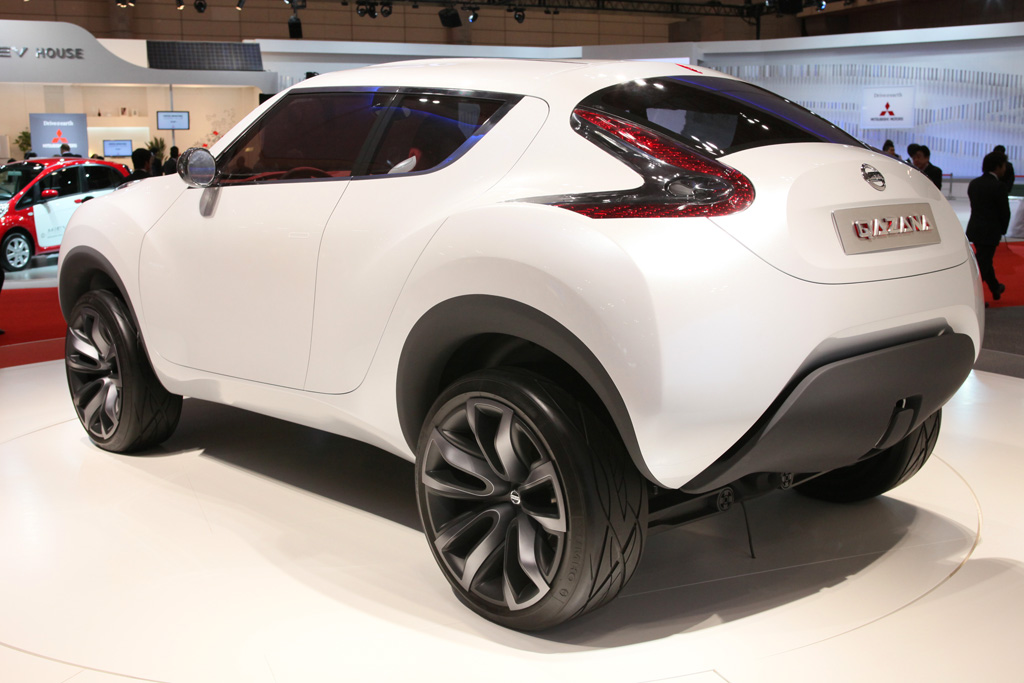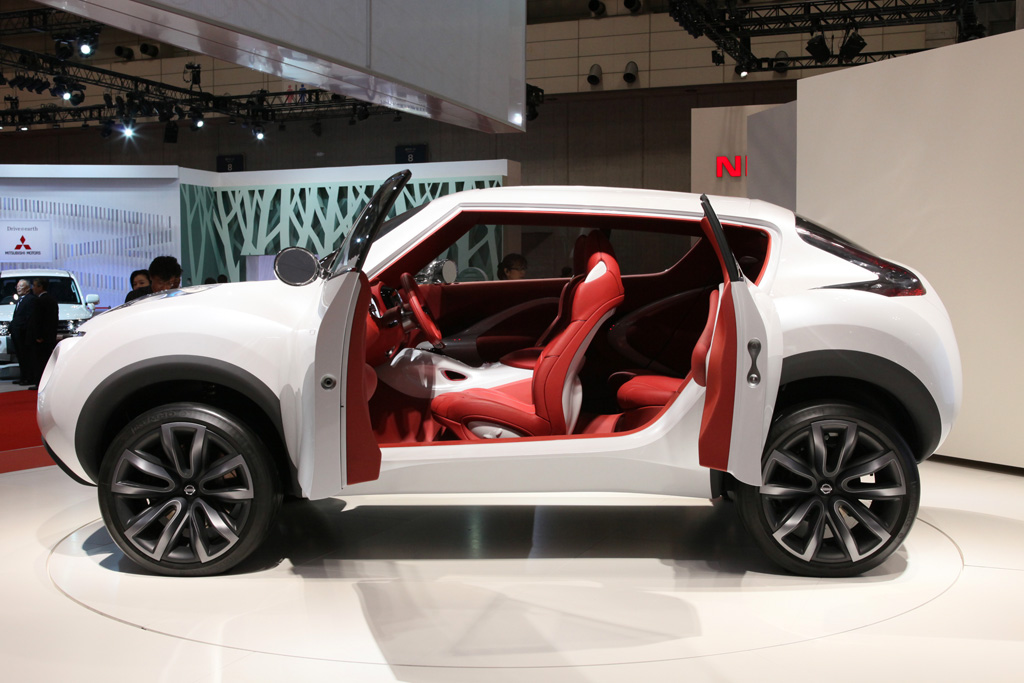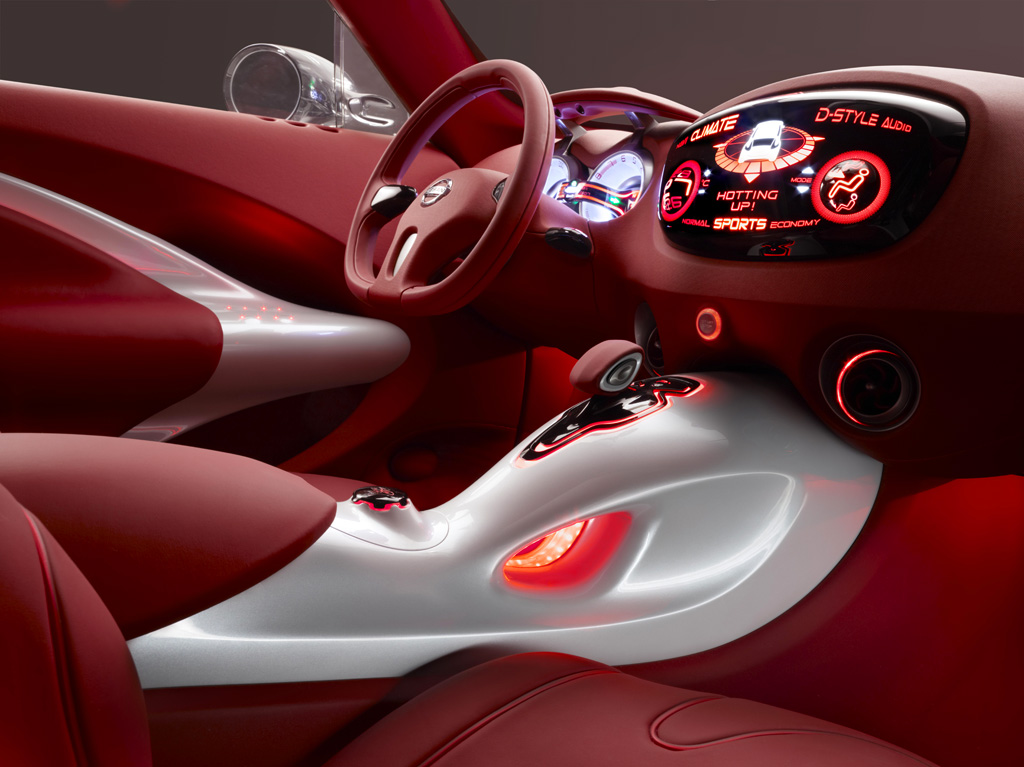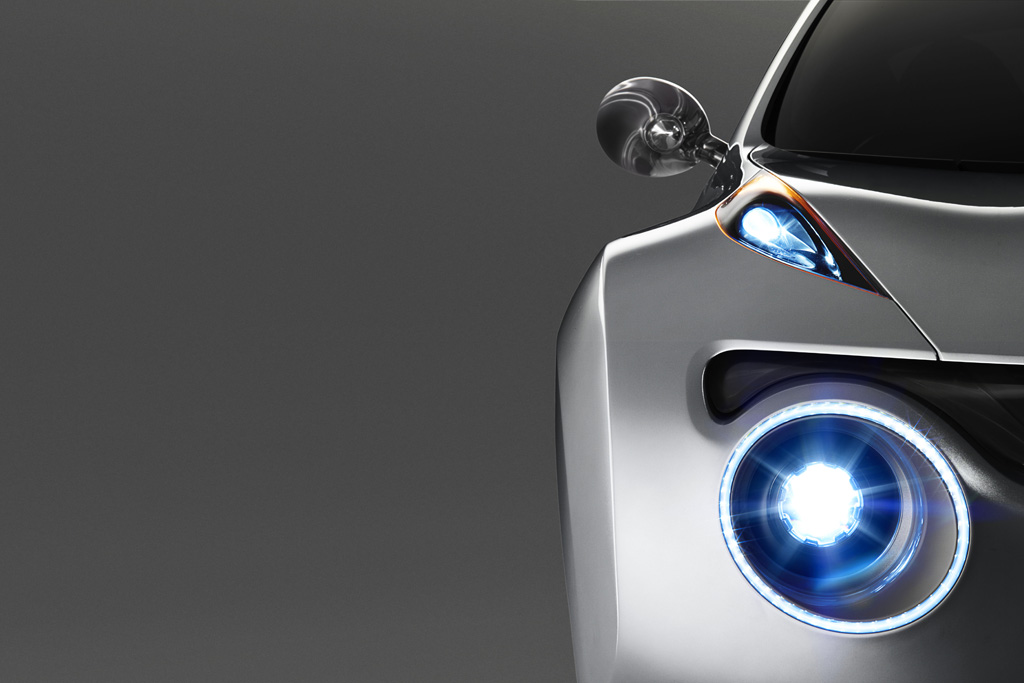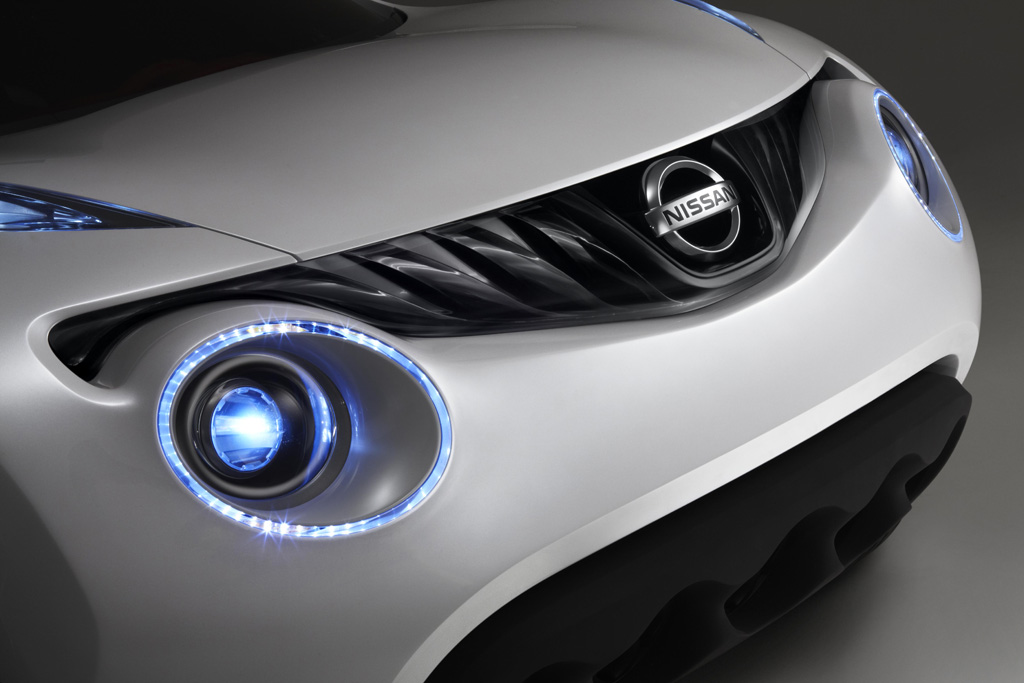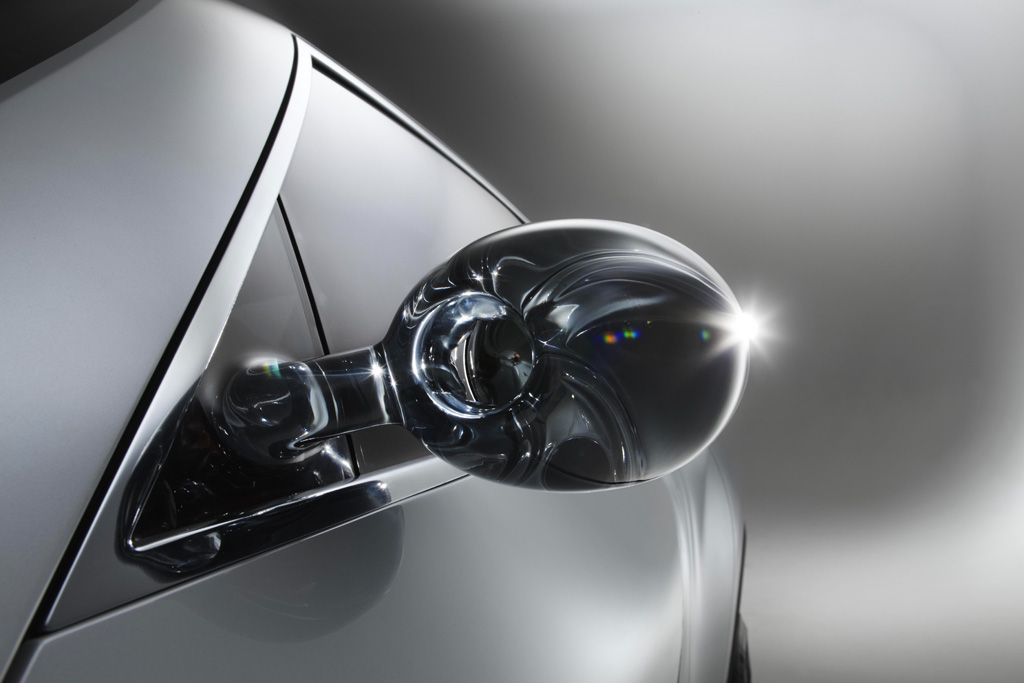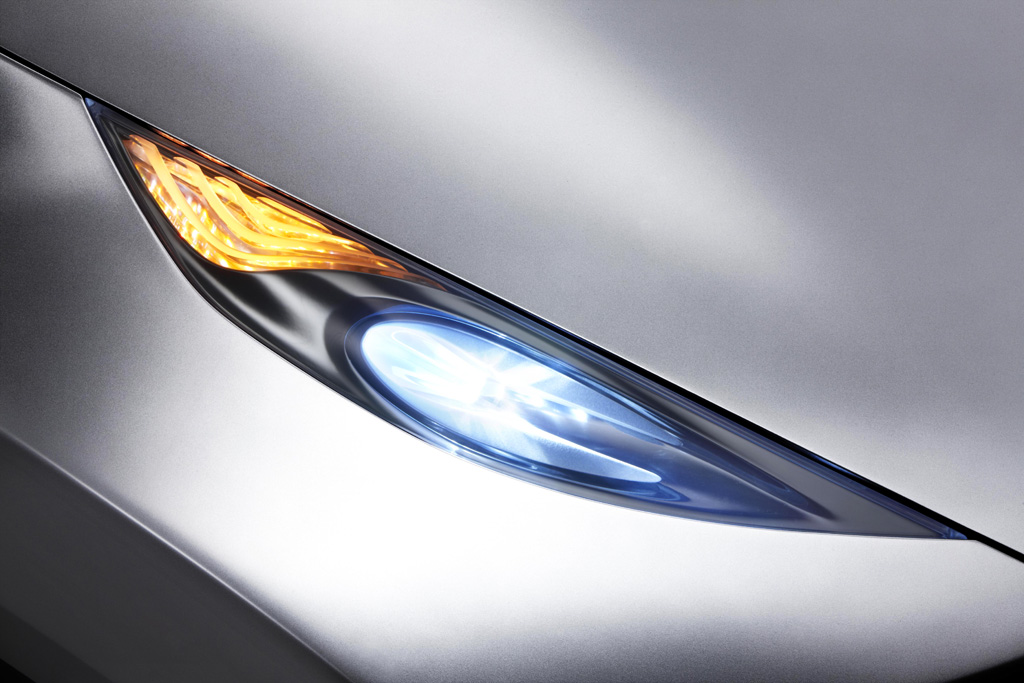2009 Nissan Qazana
Cars have been dull for too long. Mainstream machines might perform perfectly from A to B… but sometimes drivers want to take the non-conformist route… Qazana shows that mind-numbing motoring could be a thing of the past. But Qazana also reinforces Nissan’s position as a pioneer of the Crossover, building on the success of the Murano – now in its second generation, the Qashqai and recently introduced Qashqai+2.
Qazana is a showcar, a study into how a small car of the future could look. But with the announcement that a small crossover – a baby brother to Qashqai – will be built at the company’s Sunderland factory in the UK, its significance should not be underestimated.
Challenges Tradition
In the same way that Nissan re-wrote the rule-book when it introduced Qashqai two years ago, so Qazana is ready to do it again. By approaching the small car market from a totally different direction, Qazana invigorates, stimulates and rejuvenates the traditional town runabout.
Compact Dimensions
Compact overall dimensions (4060mm in length, 1570mm tall, 1780mm wide and a wheelbase of 2530mm) mean Qazana would be ideally suited to the urban environment. Yet its advanced specification and energetic styling suggest an ability that goes far beyond the city walls. By mixing SUV and sports car styling cues, NDE’s design team has created a highly individual Crossover quite unlike anything else on the road.
At the same time, rounded elements – notably the wheel arches and bonnet – evoke a friendly ambiance and provide a link with existing Nissan Crossovers. Indeed, Qazana has the signature Crossover design detail in the rising window line at the rear, also found on Murano and Qashqai.
Crossover Styling
The profile is dominated by the prominent wheel arches and by the body’s high waistline, which combine to give an impression of strength and which contrast vividly with the slim side windows. One notable feature of the roof-line is the virtually straight cant rail above the doors which adds further to the strength of the profile. The roof itself has a pair of thin glass inserts running the full length of the roof which allow slithers of natural light into the cabin.
This contrast between sporty performance and all-terrain potential is underlined by the venturi-style skid plate at the rear of the vehicle, Qazana’s extended ground clearance and the soft rubber spats which edge the wheel arches and help to disguise the vehicle’s long suspension travel. The graphite coloured spats contrast vividly with the bold exterior colour, a unique shade called White Titanium, and the strikingly styled 20 inch black chrome alloy wheels.
Distinctive Frontal Aspect
The car’s face is dominated by four headlamps. Two lower circular lamps set within the bumper contrast with a pair of daylight running strips mounted high on the wings on either side of the bonnet. While the full width grille, dominated by Nissan’s centrally mounted badge, is an interpretation of current Nissan styling, its construction is not. A one-piece acrylic moulding, no cooling air can pass through the grille. Instead, the lower portion of the bumper, finished in a contrasting graphite colour, is dominated by a number of large holes for air to reach the radiator. See through acrylic mouldings are also used for the door mirrors.
The interior has been designed as an extension of the exterior thanks to a clever interplay between hard and soft materials. Rather than being completely enveloped in leather for example, elements of the lightweight carbon fibre seat structure are on permanent view, appearing to have `broken through’ the covering.
Motorcycle-inspired Interior
Adding further to the mechanical feel of the interior, the shape of the centre console and armrest has been inspired by the fuel tank and seat of a sports motorcycle. The dashboard is dominated by a centrally mounted screen. As well as doubling as a navigation display, it will deliver vital information relating to Nissan’s next generation fully electronic ALL MODE fourwheel drive system with torque vectoring system and other advanced technical processes found on board, including integrated communications systems. Using an intuitive touch-screen interface, the driver will be able to adjust the air-conditioning and other key vehicle settings.
In Detail
| type | Concept / Prototype Car |
| released at | 2009 Tokyo Motor Show |
| built at | Japan |
| wheelbase | 2530 mm / 99.599998 in |
| length | 4060 mm / 159.8 in |
| width | 1780 mm / 70.099998 in |
| height | 1570 mm / 61.799999 in |







